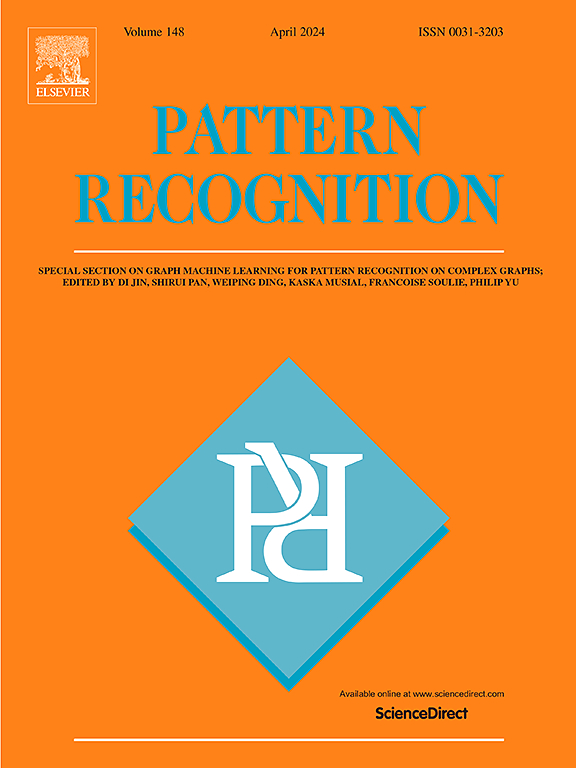Learning to Restore Arbitrary Hybrid adverse weather Conditions in one go
IF 7.5
1区 计算机科学
Q1 COMPUTER SCIENCE, ARTIFICIAL INTELLIGENCE
引用次数: 0
Abstract
Adverse conditions typically suffer from stochastic hybrid weather degradations (e.g., rainy and hazy night), while existing image restoration algorithms envisage that weather degradations occur independently, thus may fail to handle real-world complicated scenarios. Besides, supervised training is not feasible due to the lack of comprehensive paired dataset to characterize hybrid weather conditions. To this end, we have advanced the forementioned limitations with two tactics: framework and data. First, we present a novel unified framework, dubbed RAHC, to Restore Arbitrary Hybrid adverse weather Conditions in one go. Specifically, our RAHC leverages a multi-head aggregation architecture to learn multiple degradation representation subspaces and then constrains the network to flexibly handle multiple hybrid adverse weather in a unified paradigm through a discrimination mechanism in the output space. Furthermore, we devise a reconstruction vectors aided scheme to provide auxiliary visual content cues for reconstruction, thus can comfortably cope with hybrid scenarios with insufficient remaining image constituents. Second, we establish a new dataset, termed HAC, for learning and benchmarking arbitrary Hybrid Adverse Conditions restoration. HAC contains 31 scenarios composed of an arbitrary fusion of five common weather, with a total of adverse-weather/clean pairs. As for fabrication, the training set is automatically generated by a dedicated AdverseGAN with no-frills labor, while the test set is manually modulated by experts for authoritative evaluation. Extensive experiments yield superior results and in particular establish new state-of-the-art results on both HAC and conventional datasets.
求助全文
约1分钟内获得全文
求助全文
来源期刊

Pattern Recognition
工程技术-工程:电子与电气
CiteScore
14.40
自引率
16.20%
发文量
683
审稿时长
5.6 months
期刊介绍:
The field of Pattern Recognition is both mature and rapidly evolving, playing a crucial role in various related fields such as computer vision, image processing, text analysis, and neural networks. It closely intersects with machine learning and is being applied in emerging areas like biometrics, bioinformatics, multimedia data analysis, and data science. The journal Pattern Recognition, established half a century ago during the early days of computer science, has since grown significantly in scope and influence.
 求助内容:
求助内容: 应助结果提醒方式:
应助结果提醒方式:


